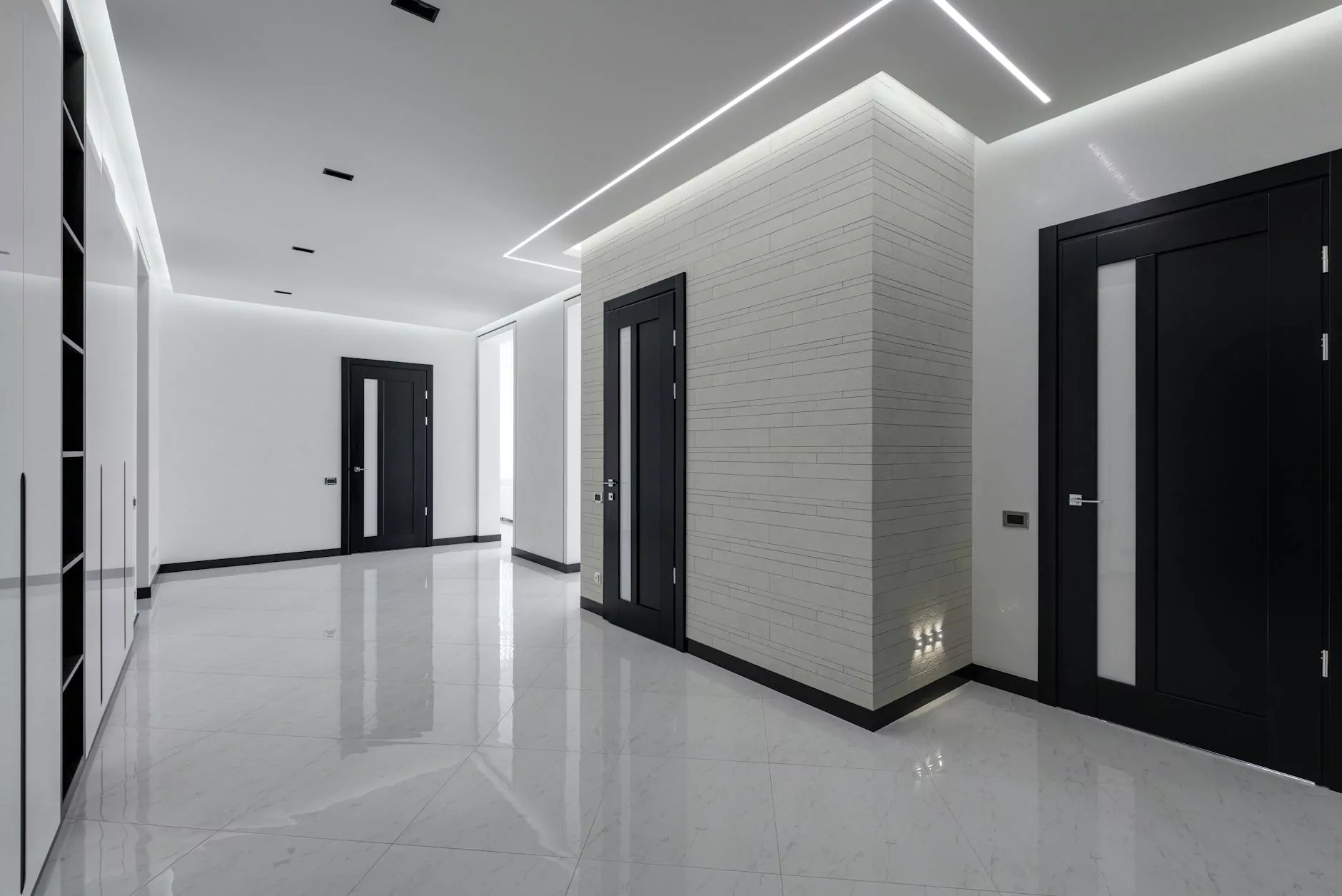Definition of the term String Line
Services Offered
Introduction
In the construction industry, the term "string line" refers to a commonly used tool that plays a crucial role in ensuring precise alignments and measurements during various construction projects. Nicholas Home Inspection & Consulting, a reputable business specializing in consulting and analytical services for homeowners and contractors, provides detailed insights into the definition and applications of string lines.
The Importance of String Lines in Construction
A string line is typically a long, taut nylon or polyester cord that is tightly stretched between two fixed points on a construction site. It serves as a reference line, aiding in maintaining precise levels, alignments, and dimensions throughout the construction process.
Applications of String Lines
String lines find extensive use in a variety of construction activities, including:
1. Foundation Layout
When preparing the foundation for a structure, accurate measurements and markings are essential. String lines, combined with survey points, can guide contractors in establishing correct dimensions and ensuring that the foundation is accurately aligned, level, and square.
2. Framing and Wall Construction
String lines are indispensable in framing walls, as they provide reliable references for ensuring straightness and aligning top and bottom plates. By attaching string lines to the top and bottom plates, contractors can effortlessly guide the placement of studs, headers, and other framing components.
3. Tile Installation
String lines are commonly used in tile installation projects to ensure precise alignment and consistent spacing between tiles. By creating a grid pattern with string lines, tilers can avoid crooked or uneven tile rows, resulting in a visually pleasing and professional finish.
4. Landscape Design
String lines also serve a valuable purpose in landscape design, aiding in the layout of paths, garden beds, fences, and other features. By utilizing string lines, landscapers can precisely mark boundaries, curves, and straight edges, resulting in cohesive and visually appealing outdoor spaces.
Benefits of Utilizing String Lines
The use of string lines offers numerous benefits to contractors and homeowners alike:
1. Accuracy and Precision
String lines provide a reliable visual guide for maintaining accurate measurements and alignments throughout the construction process. By adhering to string lines, contractors can eliminate potential errors, ensuring precise and consistent results.
2. Time and Cost Efficiency
By utilizing string lines, construction projects can be executed more efficiently. Contractors can work faster and with greater confidence, reducing the need for rework and minimizing costly errors.
3. Enhanced Aesthetics
String lines contribute significantly to the overall visual appeal of a finished project. Whether it be straight walls, accurately aligned tiles, or perfectly symmetrical landscape features, string lines help achieve a professional and visually pleasing result.
4. Simple and Versatile
String lines are easy to set up and adjust, making them a versatile tool suitable for various construction applications. They can be used indoors or outdoors, on both small and large-scale projects.
Conclusion
In summary, a string line is an indispensable tool used in the construction industry to ensure accurate measurements, precise alignments, and consistent results. With the help of string lines, contractors can optimize their construction projects, saving time, reducing errors, and achieving professional outcomes. Nicholas Home Inspection & Consulting is committed to providing comprehensive information and expert consulting services to homeowners and contractors, helping them make informed decisions regarding their construction endeavors.










